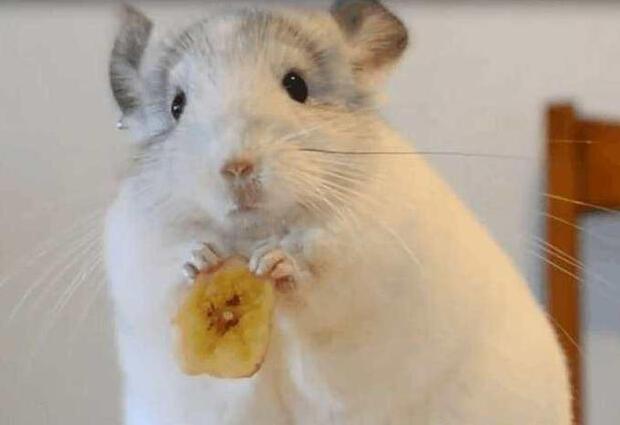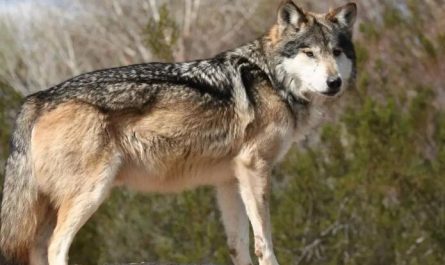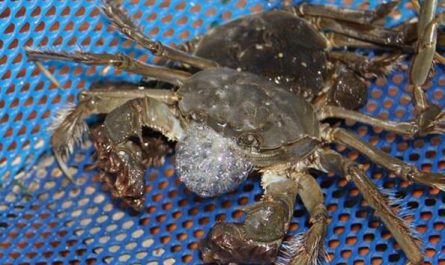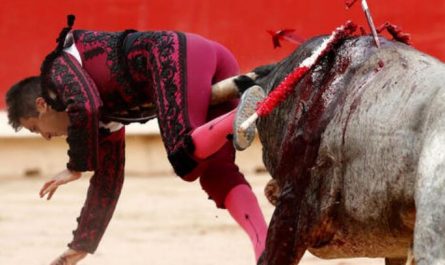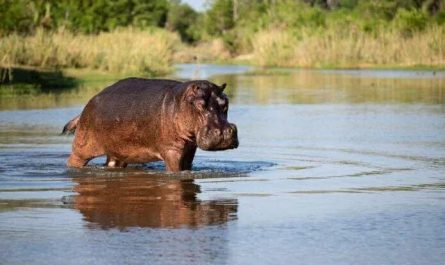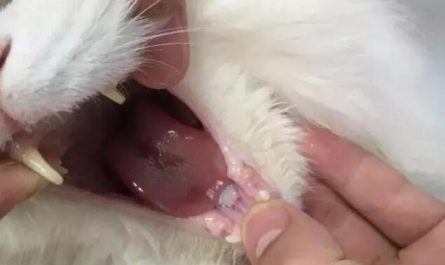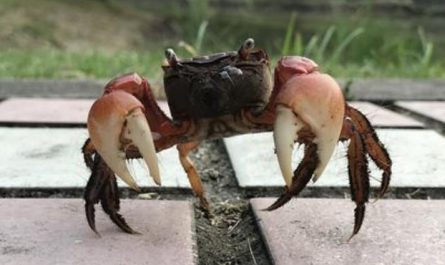Causes of Chinchilla hair loss
1. Moult. Chinchilla moulting is occasionally moulted. As its hair grows, it usually moults once every 3 months. Every time a chinchilla moults, there is usually a mark of the dividing line between new and old hairs from the head. However, this line is not obvious, so it is generally not easy for us to find when it started moulting. At this time, there is a hair loss problem, just increase the frequency of combing the hair.
2. Fright. Totoro is very courageous and will shed hair when frightened. This is the owner’s fault, especially if you have just bought a Chinchilla that has not been familiar with the environment, don’t catch it rashly.
3. Food. Don’t feed Chinchilla cooked melon seeds. I eat melon seeds for chinchillas because the melon seeds contain linoleic acid needed by chinchillas, which are beneficial to chinchilla hair, but the linoleic acid in the cooked melon seeds has already been used up, and the cooked melon seeds that many people eat contain salt and additives. Salt can easily cause chinchillas to shed hair.
4. Parasites. Generally speaking, because Chinchilla has a very high hair density, it will not be infected with parasitic diseases such as fleas and mites. The thick hair of chinchillas prevents them from touching the real fur, so chinchillas are more insulated from parasitic skin diseases. If it is really caused by parasites, place the Chinchilla in a dry environment and apply 1% trichlorfon solution to the affected area once a day for 3 to 5 days.
5. My Neighbor Totoro bites hair. This is what we usually call trichotillomania. This is a terrible disease. There are two causes: one is acquired by external stimuli; the other is hereditary. Chinchillas with this disease are generally nervous, easily agitated, eat their own hair, and some love to bite. This kind is generally incurable, and the treatment of acquired multivitamins that can be supplemented with an appropriate amount will usually achieve results.
The growth habits of My Neighbor Totoro
Chinchillas are docile, do not bite, like to live in groups, are good at jumping, are timid and afraid of disturbance, are accustomed to sleep peacefully during the day, foraging at night, and like to lie on their backs in a cage under soft sunlight. Male and female individuals usually get along in harmony, rarely quarreling, only occasionally in the breeding season. When the female and male chinchillas mate, they make soft “cooing” sounds like doves.
The chinchilla likes a dry and cool environment, the suitable temperature is 2~30℃, the temperature is below zero, or above 30℃ is not suitable for its growth. Too much rain, humidity and cold wind are not good for the growth and development of chinchillas. Therefore, chinchillas are generally kept indoors in a dark environment.
Chinchillas like to eat fresh and succulent plants, as well as bark, hay and seeds. Under artificial feeding conditions, hay, grain and green fodder are usually fed, or compound feed. The feed intake of adult chinchillas is about 5% to 6% of body weight. When the chinchilla eats food, it looks like a squirrel. It sits up on its hind limbs, grabs food with its front limbs, and sends it into the mouth little by little. The life span of chinchillas is generally 15-20 years, of which 8-10 years are fertile.
Sand bathing is the most important habit of chinchillas. Like to roll, play in the sand table, clean the body, and have the habit of rodents biting their mouths.
Common diseases of Chinchilla
Flatulence
The disease often occurs in pups after weaning or artificial breastfeeding. The main cause of chinchilla’s illness is improper food. The offspring eat hard food before the digestive system is fully developed. In addition, unclean food, irregular feeding, lack of milk from mother mice, and using fresh milk instead of milk powder to feed young mice may cause the disease.
⑴Symptoms
The sick mice are depressed, shrink in cages or nests, and swell their stomachs.
⑵Prevention
In the early stage of the disease, the chinchilla can be allowed to run freely for several hours in the house without running away, and it can often recover. If the diseased mouse is caused by a sudden change in feed, it should be restored immediately. feed. If it is caused by artificial breastfeeding, the original formula of condensed milk and boiled water can be changed to 30% condensed milk, 60% boiling water and 10% glucose. At the beginning of the disease, gently massaging the stomach of the affected animal is beneficial. When the disease is severe, it can be treated with ventilating and stomachic drugs and sulfa drugs at the same time, which can receive better results. Oral milk lactic acid solution (or edible vinegar) 3~5ml can sometimes relieve the disease; oral administration of a mixture of 0.2g salo, 1.2g lactase, and 0.2g artificial salt can also be effective for this disease. “Animals in critical condition should be treated It is treated by puncture and deflation, and preservatives such as lactic acid are injected at the same time.
Depilatory disease
Hair removal can be divided into two types: dystrophic hair removal and hair removal caused by skin diseases. Dystrophic hair loss can occur in all ages of chinchillas, causing the rats to stunt. This can be solved by selecting and matching seeds, strengthening feeding management, increasing the proportion of protein in the feed, paying attention to minerals, including supplementation of trace elements and supply of high-quality forage. For hair removal caused by skin diseases, camphor oil can be applied to the affected area, once in two days, generally after 3 to 4 times, it will get better, and new hair will gradually grow on the affected area.
The skin disease caused by the parasitic scabies mites on the skin is commonly known as scabies mite disease.
⑴Symptoms
The skin of the affected animal is red and swollen, especially on the limbs, toes, ears and neck; the coat falls off to form a yellow and white crust, the affected area is itchy, the affected animal is disturbed, and it is often seen that it scratches with its claws and rubs the cage.
⑵Prevention
Use 5% phoxim EC to make a 0.1% ointment (100 grams of yellow petrolatum plus 50% phoxim EC 0.1ml, adjust to uniformity) to rub the affected area, or use 2% chlorhexim ointment to apply to the affected area. Until healed. Mastitis
Mastitis can sometimes be caused by female mice or the nipple is bitten by offspring, causing mastitis. Penicillin or streptomycin can be used to smear the wound on the nipple, and camphor oil can be used to smear the inflamed nipple and breast to treat inflammation. When mammary glands develop induration, hot-damp cloth can be used to compress, massage, and carefully squeeze the breast milk.
diarrhea
⑴Symptoms
Mice that are fed or fed are prone to diarrhea in offspring. The young mice suffered from diarrhea due to eating feed contaminated by E. coli, showing exhaustion and symptoms of sepsis, resulting in higher deaths.
⑵Prevention
The main prevention and control measures of the disease are to strengthen management, to provide mice with clean and vitamin-rich feed and clean and fresh drinking water. Every early spring and late autumn should strengthen the work of cold protection and heat preservation, and the temperature of the rodent house should also be kept relatively stable. The disease can be treated with pepsin and sulfamidine, and the effect is better; chloramphenicol also has a good effect in the treatment of this disease.
